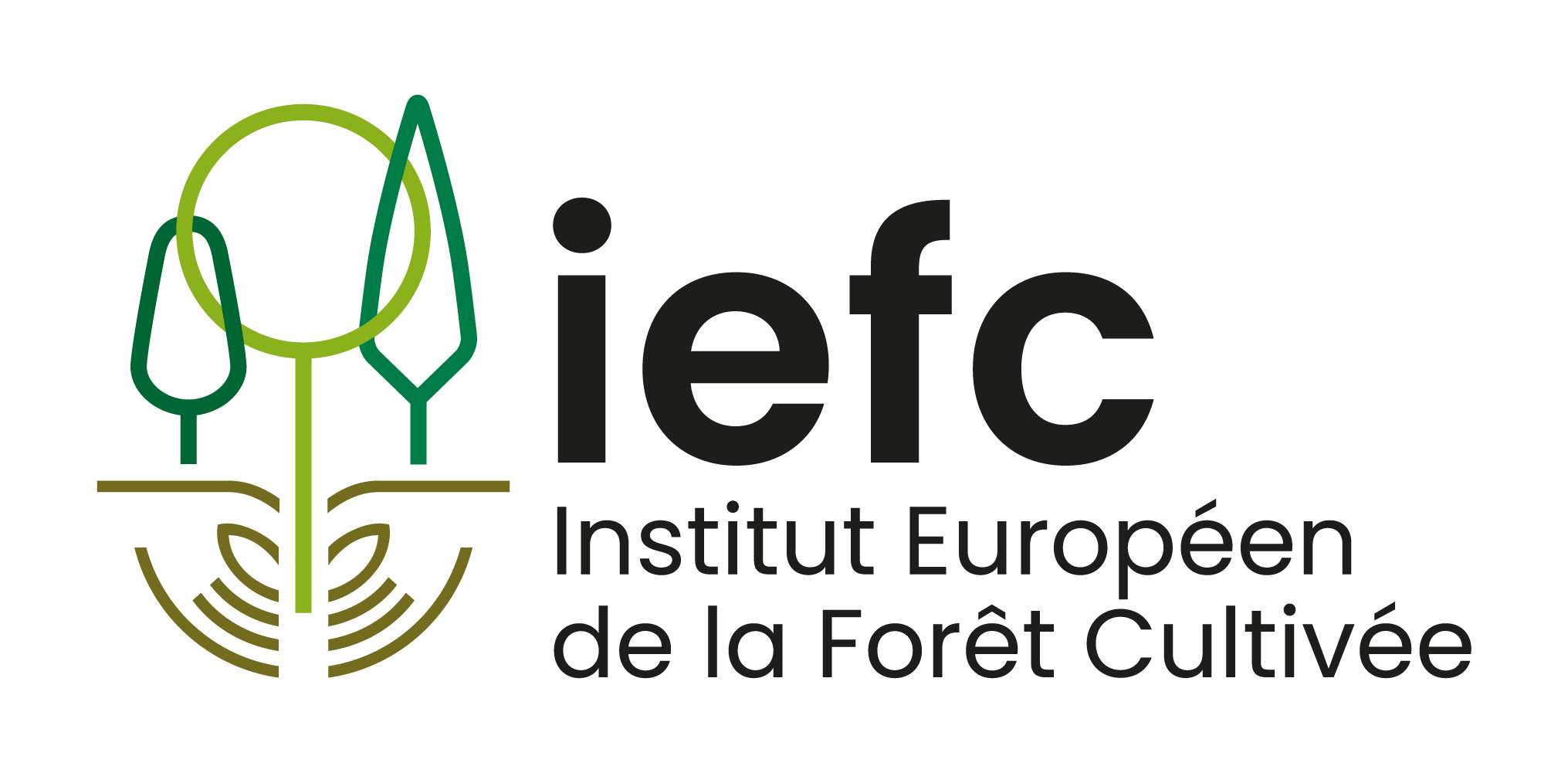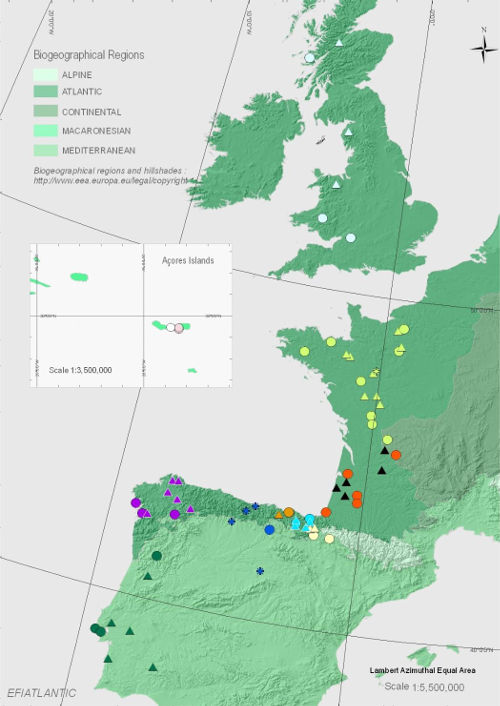Digital Infrastructures
SILVALERT
The IEFC has contributed to numerous projects such as PLURIFOR, HOMED and LUTHYL to study and implement better management practices for biotic risks in forests. These risks of attack by parasites or pathogens are increasing and becoming more global, hence the importance of international cooperation in the monitoring and control of these pests.
This commitment has led to the development of SILVALERT, a mobile participatory science application. This application, which works offline in the field, allows anyone interested in forest health to contribute to the monitoring of our forests by reporting any type of damage observed (mortality, fallen trees, fire damage, game damage, defoliation, discolouration, etc.).
The geo-referenced photographic reports are then centralised on a server and made available for research, risk management or forest health policy purposes.
Plant health guide
As part of the EUROSILVALSUR project, scientists from the IEFC network have created a guide that presents the various pests and pathogens affecting the main forest species found in European plantations. This online version of the guide has been supplemented by numerous European projects. For each pathogen, the guide describes the criteria for identifying the agent, the damage caused, the biology of the pathogen, and the measures that can be taken to protect against it.
Most of the fact sheets are illustrated and translated into 4 languages, but some are only available in English and do not include photos.
IEFC partners working in forest modelling have used COSTS actions and projects to create a database of the main forestry models.
The database, which was initially limited to growth models, has since been expanded to include a wide range of models that are useful to foresters, such as Carbon models, non-wood product production models, and fire behaviour models. Anyone can add models to this inventory. The database is moderated by Margarida Tomé and Céline Meredieu.
The aim of this database, developed as part of the REINFFORCE1 project, is to display all the forestry trials of the IEFC’s various partners, in order to identify, in particular, the old trials of numerous forestry species that are lying dormant at various laboratories.
It mainly provides information on the age of the trials, their location, the species present and who manages them, but it is also possible to enter survival rates or average heights.
This database is kept up to date directly by the partners, who can use their accounts to add, remove or update the data provided on the various trials listed in the database, simply by uploading files.
The main objective of this tool is to enable anyone interested in a forest species or a type of test to easily contact the person in charge of these tests. Any IEFC member organisation can share their trials online. To put your trials online and obtain an account, please contact us.
Forestorm compiles all available sources from various European countries to list forest damage due to wind storms. The database provides estimates of the land areas and timber volumes affected by the listed storms and information on the reliability of the sources from each country. Barry Gardiner maintains and moderates the database and can be contacted for any additions or errors.
As part of the REINFFORCE 1 and 2 projects, and for the establishment of the Forestrials database, the IEFC network partners expressed the need for an up-to-date database of forest tree and shrub names. The database needs to take into account changes in nomenclature and serve as a reference for Latin forest names. This database has been enriched in various projects and COST actions, and the list now approaches 1000 names. Only IEFC members have access to the complete list and the download tool.
This database compiles the individual monitoring data of almost 100,000 trees from 11 organisations. It is a dynamic and evolving tool that reflects the diversity and richness of the forest species studied as part of the REINFFORCE project. The database covers 38 sites across Europe, each with over 2,000 trees of 38 species and 150 provenances, providing a comprehensive view of the growth and survival performance of tree species in various climates. Under the network’s supervision, it contributes to the overall objective of anticipating and adapting forestry practices to climate change.
Tree-Pulling Database
This database gathers data from tree removal experiments conducted by a large number of colleagues around the world. To date, we have more than 3,000 lines of data on tree resistance from 10 countries. The countries concerned are Canada, Denmark, Finland, France, Latvia, New Zealand, Japan, Spain, the United Kingdom and the United States.
Tree pulling is a critical method for assessing the resistance of trees to uprooting by wind. This resistance is influenced by factors such as tree size, species, soil type, and rooting depth. By pulling a tree at a specific height and measuring the force required to uproot it, researchers can estimate the tree’s turning moment and resistance to wind. This data is crucial for developing models like ForestGALES, which predict wind damage risk to forests.
Our goal is to foster a collaborative environment where researchers can share their data and insights, contributing to a robust understanding of tree resistance to wind. We hope to identify patterns that can help predict tree stability in various conditions, reducing the need for costly and time-consuming experiments.
Registered users can download them, add new data or revise existing data, each contributor remains the owner of his data. We particularly encourage contributions of data on broadleaf trees and from tropical regions, as these areas are currently underrepresented. Your contributions are vital for building a more resilient future for our forests

